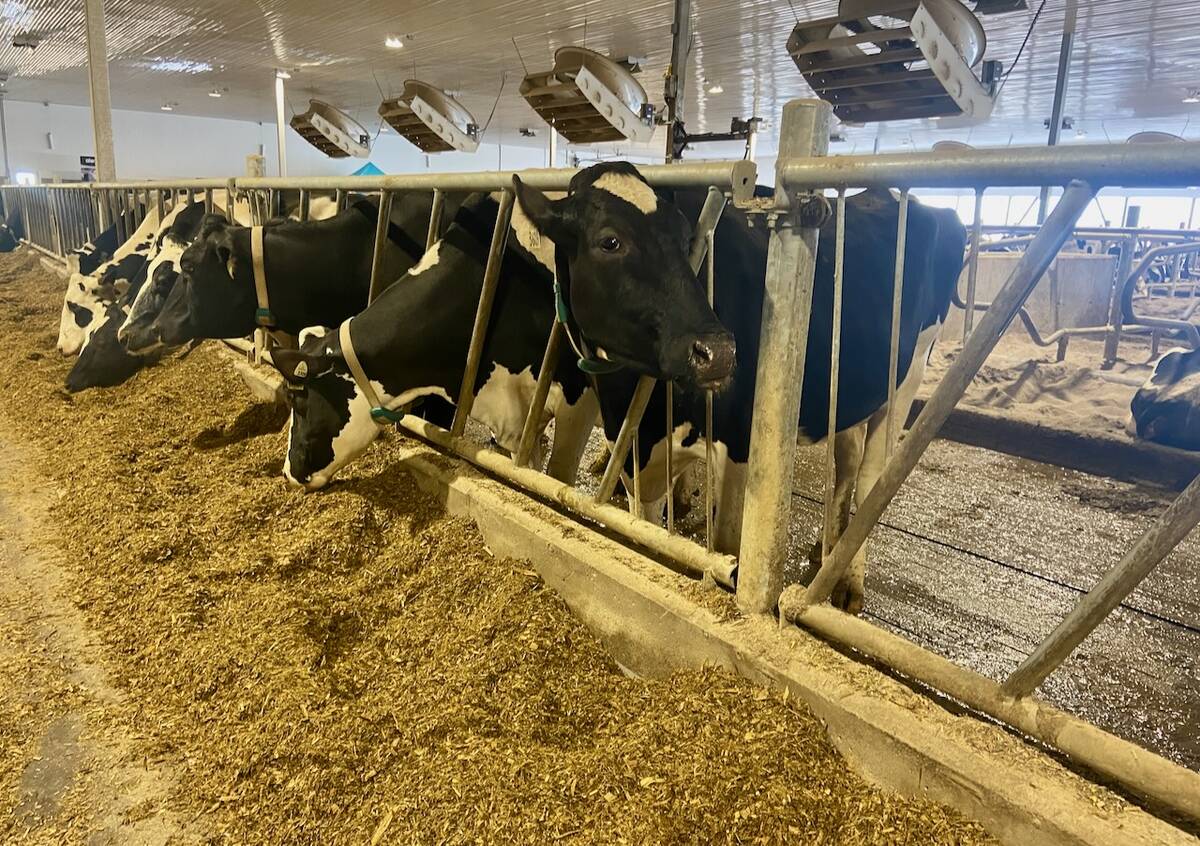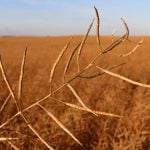After a large spring runoff and a rainy start to the summer, crews in the Rural Municipality of Nipawin are starting to make fixes to rural roads.
There, as in many parts of the province, officials are feeling the affects of multiple wet years, said Mark Knox, reeve of the RM in northeastern Sask-atchewan.
“On a dry year, it doesn’t take as much gravel (to make repairs), so we can build a stockpile up,” he said.
“But we’ve had so many wet years in a row that we’ve depleted that. Our gravel pit is in another RM and the other RM has worse roads than we have.”
Read Also

U.S. farm group supports supply management
U.S. grassroots farm advocacy group pushing new agriculture legislation that would move towards supply management like Canada has for dairy industry
Warm weather has helped improve conditions that had been “getting pretty serious,” he said.
Runoff and rain contributed to high waters, which closed highways in northern Saskatchewan, including Highway 2 in the RM of Prince Albert and Highway 225 in the RM of Torch River.
Highway closures put added pressure — and costs — on the RM’s roads.
“Going to the north side of Tobin Lake, the roads four or five miles on either side of the highway have just been destroyed and they’ve had to be closed,” said Knox of his neigh-bouring RM.
Crews were to start their summer work in the Nipawin area in mid-May, but didn’t begin moving gravel until the end of June, he said.
“Overall, we’re probably not as bad as other RMs, but it’s still going to be thousands and thousands of dollars to get it straightened out again,” he said.
Rain hasn’t been an issue in the RM of Kellross in central Saskatchewan this year, said reeve John Olinik, but the large spring runoff has added to problems that started with floods two years ago.
Wet weather has delayed construction work in the area as late as September in recent years, creating a short season to make repairs.
“It’s just not dry enough to keep the construction equipment from sinking out of sight where they have to get the dirt from,” said Olinik.
“It’s been a slow start.”
Assistance for making these repairs is available to communities through Saskatchewan’s provincial Disaster Assistance Program.
Olinik said as much as $2 million has been spent in Kellross in recent years on rural roads. In some cases, the program has already financed repairs to flooded roads once or twice, he added.
“PDAP will pay that, but what’s the point if the road isn’t going to last?” he said.
“It’s like trying to build a road through a lake. The wave action will just take the road out from under you.”














